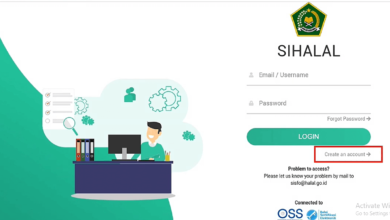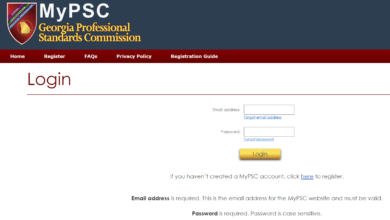Navigating ERP Implementation: Key Strategies for Success in the Digital Age

Enterprise Resource Planning (ERP) systems are integral to modern businesses, streamlining operations and enhancing efficiency. However, implementing an ERP system is a complex endeavor that requires careful planning and execution. Here are key strategies to ensure a successful ERP implementation in today’s digital landscape.
1. Define Clear Objectives and Requirements
Before selecting an ERP system, it’s crucial to:
- Assess Business Needs: Identify specific processes that need improvement and how an ERP system can address them.
- Set Measurable Goals: Establish clear objectives, such as reducing operational costs or improving data accuracy, to gauge the ERP’s effectiveness.
2. Engage Stakeholders Early
Involving key stakeholders from the outset ensures:
- User Buy-In: Employees are more likely to embrace the new system if they have a say in its selection and implementation.
- Comprehensive Requirements Gathering: Different departments can provide insights into their unique needs, leading to a more tailored solution.
3. Choose the Right ERP Solution
Selecting an ERP system that aligns with your business is vital:
- Scalability: Ensure the system can grow with your business and adapt to future needs.
- Customization: Look for a solution that can be tailored to fit your specific processes without excessive modifications.
4. Partner with an Independent ERP Consultant
Collaborating with an independent ERP consultant offers:
- Objective Advice: Unbiased recommendations based solely on your business needs.
- Expertise: Access to experience and knowledge that can help navigate the complexities of ERP implementation.
5. Prioritize Data Migration and Integrity
Data is the backbone of any ERP system:
- Data Cleansing: Before migration, clean existing data to eliminate redundancies and errors.
- Validation: After migration, validate data to ensure accuracy and completeness.
6. Invest in Training and Support
User proficiency determines the success of an ERP system:
- Comprehensive Training Programs: Equip employees with the necessary skills to utilize the system effectively.
- Ongoing Support: Provide resources for troubleshooting and continuous learning to address issues promptly.
7. Monitor and Evaluate Performance
Post-implementation, it’s important to:
- Track Key Performance Indicators (KPIs): Measure the system’s impact on business processes and objectives.
- Solicit Feedback: Regularly gather input from users to identify areas for improvement and ensure the system evolves with business needs.
Implementing an ERP system is a significant undertaking that, when done correctly, can lead to substantial benefits. By following these strategies, businesses can navigate the complexities of ERP implementation and position themselves for success in the digital age.




